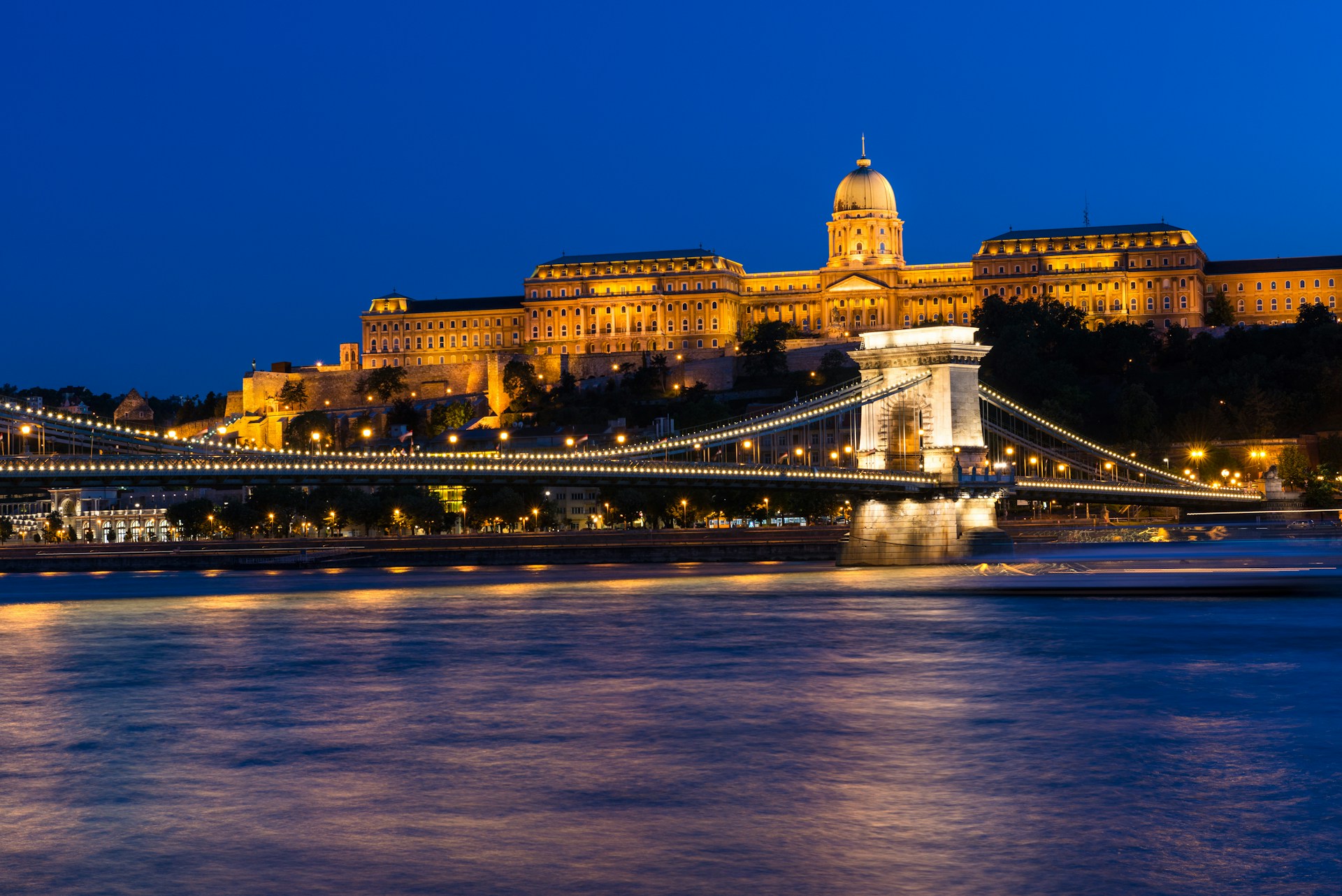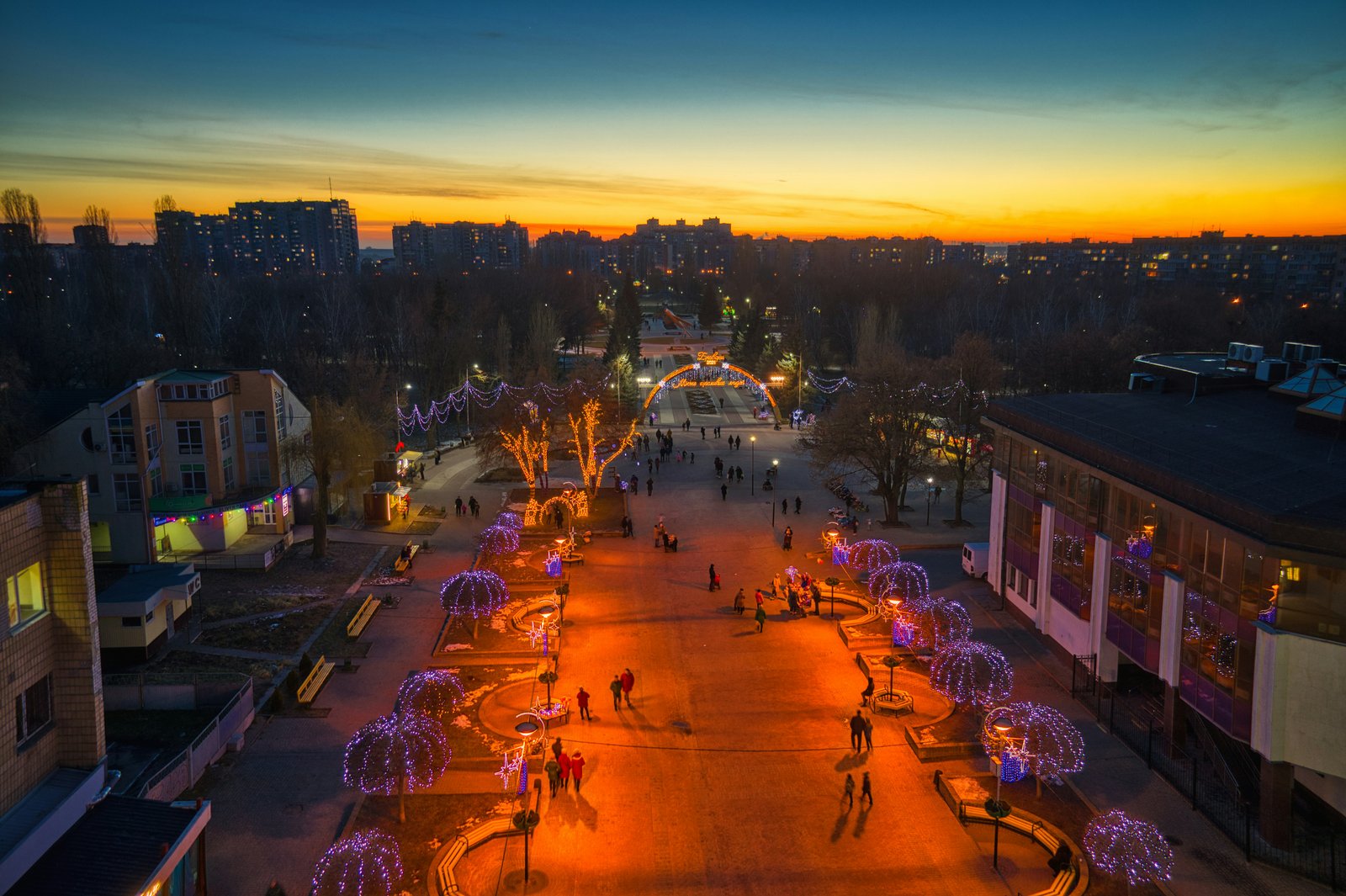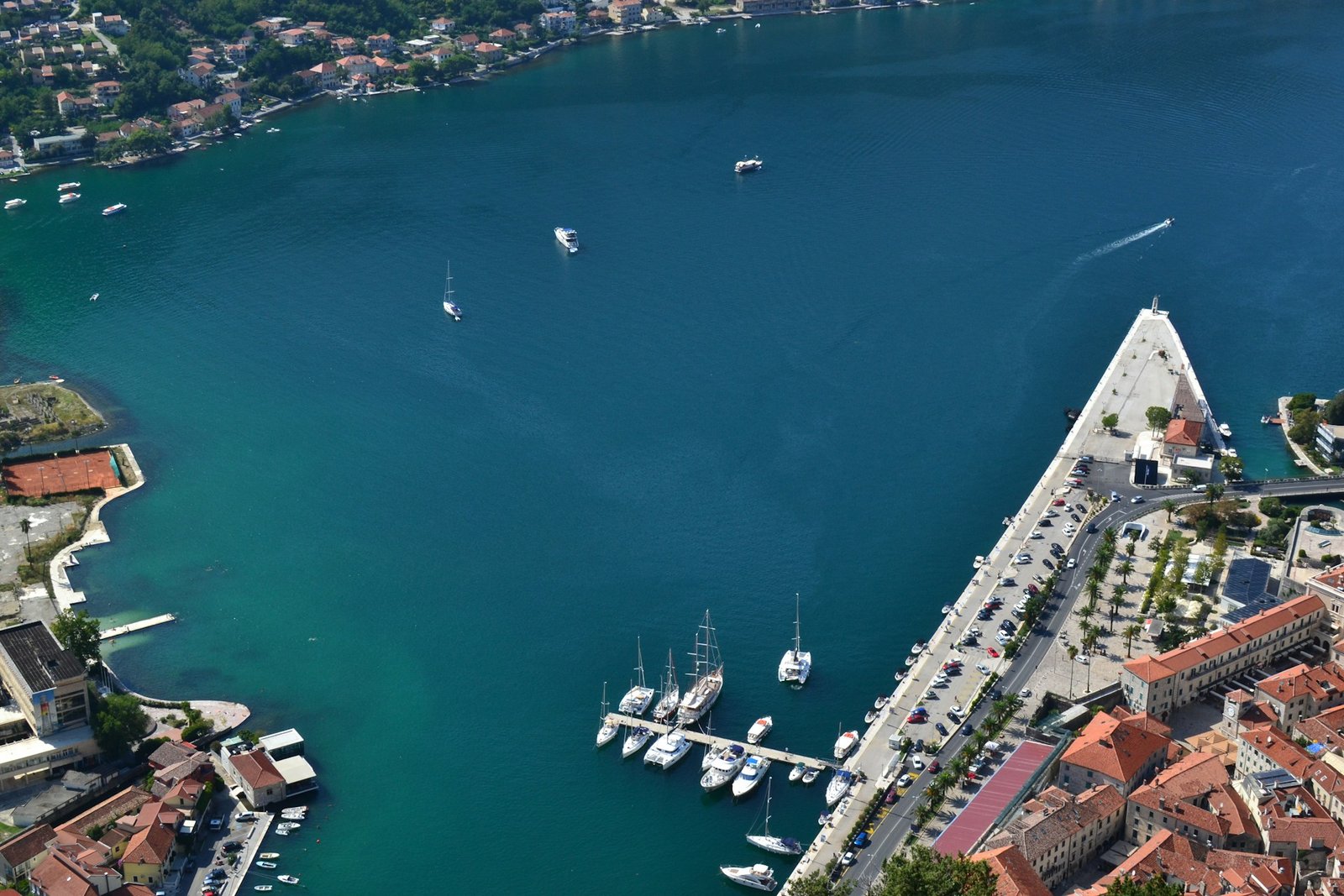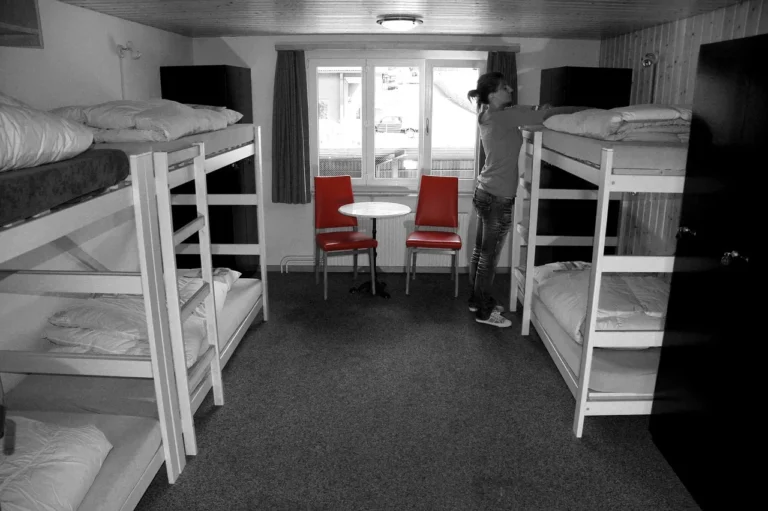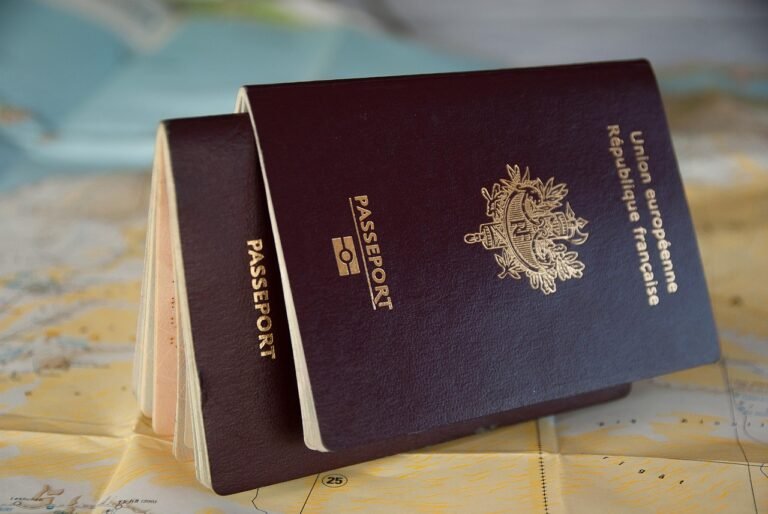There’s something deeply satisfying about being the first among your friends to discover a hidden gem. While Paris and Rome continue their reign as Europe’s crown jewels, Eastern Europe quietly harbors extraordinary cities that remain refreshingly unspoiled by mass tourism. These underappreciated urban treasures offer authentic experiences, remarkable value, and cultural richness that their Western counterparts often can’t match anymore.
I discovered this firsthand during an extended sabbatical through the region last year. What began as a two-week exploration evolved into a three-month affair that permanently altered my perception of European travel. Each city I’m about to share with you delivered that rare, spine-tingling feeling of genuine discovery – something increasingly elusive in our over-documented world.
Beyond the Obvious: Eastern Europe’s Best-Kept Urban Secrets
When planning European adventures, most travelers gravitate toward predictable destinations. Prague and Budapest have rightfully earned their spots on the mainstream circuit, but venture slightly off this well-trodden path and you’ll discover cities where tourism hasn’t yet diluted the authentic experience.
Plovdiv, Bulgaria: Ancient Beauty Meets Creative Renaissance
Plovdiv might be Europe’s most underrated cultural capital. As one of the world’s oldest continuously inhabited cities (older than Rome, Athens, and Constantinople), its ancient history is woven into every cobblestone street. Yet what struck me most wasn’t just its remarkable antiquity but its contemporary creative energy.
The city’s artistic neighborhood, Kapana (“The Trap”), was once a neglected maze of workshops. Today, it pulses with independent boutiques, craft breweries, and galleries. Street art transforms mundane walls into canvases of expression. One evening, I found myself joining an impromptu folk dance circle outside a local bistro – a mixing of traditions and generations that felt genuinely spontaneous rather than staged for tourists.
Plovdiv’s Roman amphitheater remains my favorite ancient venue in Europe. Unlike Rome’s Colosseum, performances still regularly grace this 2,000-year-old stage. Watching a symphony performance beneath a star-filled Bulgarian sky created one of those transcendent travel moments that remain imprinted in memory long after return tickets are booked.
Brasov, Romania: More Than Just Dracula Country
Romania suffers from reductive stereotypes, frequently reduced to vampire lore and communist-era references. Brasov obliterates these shallow perceptions. Nestled within the dramatic curve of the Carpathian Mountains, this medieval Saxon city offers an architectural feast of baroque buildings, Gothic spires, and Renaissance squares – all framed by forested peaks.
The city’s central Council Square (Piața Sfatului) might initially remind you of more famous European plazas, yet lacks their suffocating crowds. Local students mix with visitors at outdoor cafés, creating a vibrant atmosphere without the tourist-trap pricing that plagues Western European counterparts.
I arrived during the Brasov International Film Festival purely by happy accident. The entire city transformed into a celebration of cinema, with outdoor screenings projected onto medieval walls and passionate discussions spilling from every café. My broken Romanian didn’t prevent locals from warmly inviting me to join their table, share a carafe of local wine, and debate film merits well into the night.
Kotor, Montenegro: Fjord-like Beauty Without Norwegian Prices
While technically on the Adriatic rather than Eastern Europe proper, Montenegro’s Kotor deserves inclusion on any list of underappreciated European destinations. The medieval walled city sits at the end of southern Europe’s deepest fjord-like bay, creating a setting so dramatically beautiful it borders on the theatrical.
Kotor’s compact Old Town tells centuries of Venetian, Ottoman, and Austro-Hungarian stories through its architecture. Unlike Dubrovnik up the coast, which has been transformed by Game of Thrones fame, Kotor maintains a genuine local life. Fishermen still sell their morning catch near the sea gates, and neighborhood cats (the unofficial mascots of the city) outnumber selfie sticks.
The hike up to St. John’s Fortress nearly broke me – 1,350 stairs ascending a seemingly vertical mountainside – but delivered the single most spectacular panoramic view of my Eastern European journey. Pro tip: start early. I began at 7am, beating both the crowds and the punishing summer heat that makes afternoon climbs genuinely hazardous.
Hidden Treasures Beyond the Big Names
Lviv, Ukraine: The Ultimate Cultural Crossroads
Before Russia’s invasion disrupted Ukraine’s tourism trajectory, Lviv was emerging as Eastern Europe’s ultimate hidden treasure. This architectural wonderland somehow blends Polish, Austrian, Jewish, and Ukrainian influences into a harmonious cityscape that feels both familiar and utterly distinct from anywhere else.
Lviv’s coffee culture rivals Vienna’s, with the crucial distinction that a perfect espresso costs a fraction of Western European prices. The city’s theatrical cafés – like the gaslit, vintage Lviv Coffee Manufacture where beans are roasted over open flames in copper cauldrons – create experiences rather than just serving beverages.
My most memorable Lviv moment occurred during an unexpected thunderstorm that sent everyone scurrying for shelter. I ended up in a tiny bookshop-café where the owner, discovering my interest in local history, spent hours sharing stories while producing increasingly obscure local spirits from beneath the counter. What began as weather avoidance evolved into a masterclass in Ukrainian cultural history.
Tallinn, Estonia: Medieval Meets Digital Innovation
Estonia rarely tops Eastern European itineraries, which remains puzzling given Tallinn’s extraordinary preservation and forward-thinking culture. The walled Old Town transports visitors to a medieval fairy tale, complete with merchant houses, guild halls, and church spires that seemingly belong on a movie set rather than a modern capital.
Yet beyond these ancient facades exists one of Europe’s most digitally advanced societies. Estonia pioneered e-residency, online voting, and digital citizenship concepts that other nations are only beginning to explore. This fascinating contrast between architectural preservation and technological innovation creates a city that simultaneously honors its past while boldly creating its future.
Tallinn’s restaurant scene particularly impressed me. Local chefs have embraced New Nordic culinary principles – foraged ingredients, seasonal menus, innovative techniques – but with distinctly Estonian influences and significantly gentler pricing than their Scandinavian counterparts. At Restaurant Rataskaevu 16, I enjoyed what remains one of my most memorable European meals: elk carpaccio with juniper berries followed by Baltic herring with fermented blackcurrants, paired with local craft ciders.
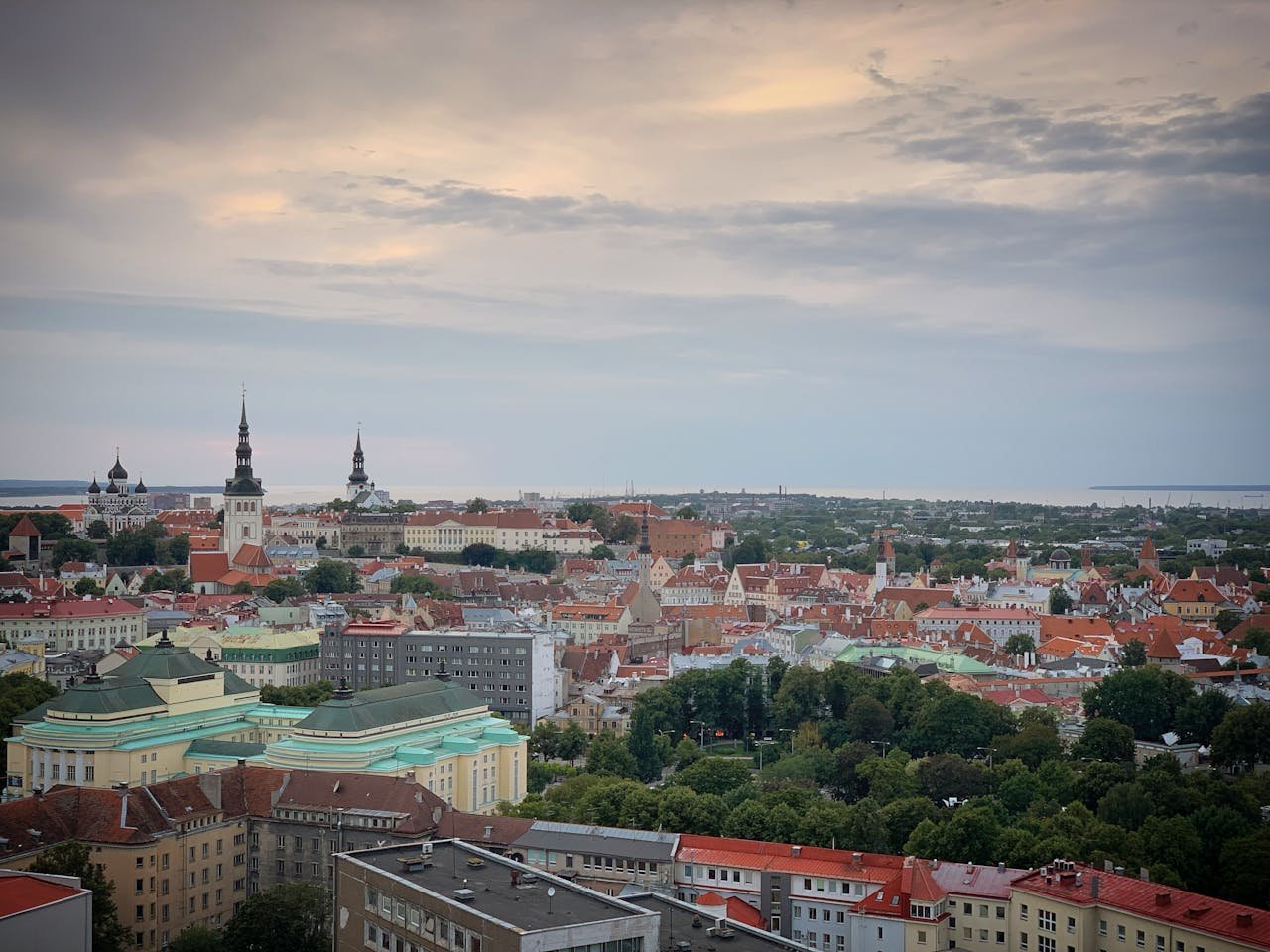
Sarajevo, Bosnia and Herzegovina: Where East Truly Meets West
Few cities physically embody cultural crossroads as literally as Sarajevo, where Ottoman and Austro-Hungarian empires once met. Stand in the right spot and you can simultaneously see mosques, Catholic cathedrals, Orthodox churches, and synagogues – a visual testament to centuries of multiculturalism.
Sarajevo’s difficult recent history remains evident, with bullet holes still visible on some buildings. Yet rather than dwelling exclusively on its past wounds, the city pulses with youthful energy. Its café culture rivals any European capital, with Bosnian coffee ceremonies elevating caffeine consumption to an art form.
During my visit, I became mildly obsessed with ćevapi – grilled minced meat served in somun bread with onions and kajmak cheese. The tiny hole-in-the-wall joint Ćevabdžinica Željo became my daily lunch spot, where I’d watch elderly men play fierce chess matches while families gathered for Bosnia’s beloved national dish. The owner eventually stopped taking my order, simply nodding and delivering “the usual” with a knowing smile.
Why Eastern Europe Deserves Your Attention Now
These cities offer what increasingly eludes travelers in overtouristed destinations: authenticity, value, and the genuine thrill of discovery. Beyond their individual charms, several compelling reasons make Eastern Europe particularly attractive for contemporary travelers:
- Value proposition: Your travel budget stretches significantly further, allowing for experiences (fine dining, luxury accommodations, cultural performances) that might be financially prohibitive in Western Europe.
- Preservation of local life: While tourism exists, it hasn’t yet overwhelmed local rhythms and traditions. Morning markets still primarily serve residents rather than camera-wielding visitors.
- Culinary renaissance: Eastern European cuisine is experiencing a remarkable evolution, with talented chefs rediscovering traditional recipes and techniques while incorporating contemporary sensibilities.
- Accessibility improvements: Enhanced transportation infrastructure and increased regional flights have dramatically simplified travel between these cities.
- Safety: Despite outdated perceptions, these destinations typically rank among Europe’s safest urban centers for visitors.
Planning Your Eastern European Discovery
Eastern Europe rewards travelers willing to approach with openness and minimal preconceptions. Consider these practical suggestions when planning your journey:
- Shoulder seasons shine: May-June and September-October offer ideal conditions – pleasant weather, reduced crowds, and full seasonal activities.
- Language considerations: While younger generations typically speak excellent English, downloading a translation app proves invaluable for authentic neighborhood exploration.
- Currency confusion: The region uses various currencies rather than the Euro (except in Estonia). Notify your bank of travel plans and carry modest cash reserves for smaller establishments.
- Transportation flexibility: While trains connect major cities, regional bus networks often provide more frequent and convenient service to secondary destinations.
- Accommodation diversity: Beyond international hotel chains, consider locally-owned boutique properties and apartments for more authentic experiences and direct economic impact on communities.
My three months exploring Eastern Europe’s underappreciated cities fundamentally changed my approach to European travel. These destinations offer what increasingly feels endangered elsewhere on the continent: the authentic joy of discovery, meaningful cultural exchanges, and the feeling of being a traveler rather than merely a tourist.
The window for experiencing these remarkable cities before they join the mainstream circuit grows shorter each year. Consider this your invitation to discover them while they still maintain the perfect balance of accessibility and authenticity.
Top Eastern European Travel Recommendations
Accommodations
- Hotel Hubertus Brasov – www.hotelhubertus.ro – Boutique hotel in a restored 16th-century building with panoramic mountain views.
- Boutique Hotel Plovdiv – www.boutiquehotelplovdiv.com – Elegant property steps from the ancient Roman theater with rooftop dining.
- Merchant’s House Hotel Tallinn – www.merchantshousehotel.com – Medieval-era merchant’s residence converted into a luxury boutique hotel.
- Hotel Cattaro Kotor – www.hotelcattaro.me – Historic property integrated into Kotor’s ancient city walls.
- Hotel Leopold Sarajevo – www.hotelleopold.ba – Family-run hotel combining Ottoman architectural elements with modern amenities.
Restaurants
- Restaurant Rataskaevu 16 – www.rataskaevu16.ee – Tallinn’s most beloved modern Estonian cuisine in a historic setting.
- 4 Rooms Restaurant – www.4rooms.me – Intimate Kotor dining featuring Montenegro’s distinctive Mediterranean-meets-Balkan cuisine.
- Ćevabdžinica Željo – www.cevabdzinicazeljo.ba – Sarajevo institution serving Bosnia’s national dish since 1964.
- Hemingway Restaurant Plovdiv – www.hemingwayplovdiv.com – Refined Bulgarian cuisine with exceptional wine list in a garden setting.
- La Ceaun – www.laceaun.ro – Brasov’s cozy spot for authentic Romanian soups, stews and home-style cooking.
Cultural Experiences
- Free Plovdiv Tour – www.freeplovdivtour.com – Excellent introduction to Plovdiv’s 8,000 years of history led by passionate locals.
- Tunnel of Hope Tour – www.sarajevofunkytours.com – Powerful guided exploration of Sarajevo’s wartime history.
- Estonian Open Air Museum – www.evm.ee – Living history museum showcasing traditional Estonian rural life through the centuries.
- Bran Castle – www.bran-castle.com – Day trip from Brasov to the castle inaccurately but famously associated with Dracula.
- Kotor Maritime Museum – www.museummaritimum.com – Fascinating exploration of Montenegro’s naval heritage in a baroque palace.
Transportation Services
- Flixbus – www.flixbus.com – Affordable intercity bus network connecting Eastern European destinations.
- RegioJet – www.regiojet.com – Comfortable train and bus service throughout Central and Eastern Europe.
- Baltic Taxi – www.baltictaxi.ee – Reliable taxi service in Tallinn with fixed airport rates.
- BlaBlaCar – www.blablacar.com – Ridesharing platform popular throughout Eastern Europe for intercity travel.
- Old Town Travel – www.oldtowntravel.me – Kotor-based private transfers and guided excursions along Montenegro’s coast.
FAQs About Visiting Underrated Eastern European Cities
1. Is Eastern Europe safe for tourists? Contrary to outdated stereotypes, most Eastern European cities have lower crime rates than many Western European tourist destinations. Exercise standard travel precautions: be aware of your surroundings, safeguard valuables, and respect local customs.
2. Do I need to learn local languages before visiting? While learning a few basic phrases shows respect, you can navigate comfortably with English in most tourist areas and establishments, particularly among younger residents. Language apps can bridge occasional communication gaps.
3. What’s the best time of year to visit Eastern European cities? Late spring (May-June) and early autumn (September-October) offer ideal conditions: pleasant temperatures, fewer tourists, and full seasonal activities. Summer brings vibrant festivals but potentially uncomfortable heat in southern destinations.
4. How affordable is Eastern Europe compared to Western Europe? Expect costs 30-50% lower than Western European equivalents for comparable quality. Fine dining, accommodations, and cultural experiences deliver exceptional value, particularly in Bulgaria and Romania.
5. What’s the best way to travel between Eastern European cities? Bus networks typically offer the most comprehensive coverage, while trains provide comfort for longer journeys. Budget airlines connect major cities, though schedules may be less frequent than in Western Europe.
6. Are credit cards widely accepted? Major hotels, restaurants, and shops in Eastern European cities accept credit cards, but smaller establishments and markets often prefer cash. Always carry modest amounts of local currency.
7. How’s the internet connectivity in Eastern European cities? Surprisingly excellent. Estonia leads Europe in digital infrastructure, while Romania boasts some of the continent’s fastest internet speeds. Free WiFi is standard in accommodations, cafés, and many public spaces.
8. What unique souvenirs should I look for? Each destination offers distinctive treasures: hand-painted Bulgarian ceramics, Estonian woolen goods, Bosnian copper crafts, Romanian textiles, and Montenegrin olive wood products make meaningful mementos.
9. What should I know about tipping in Eastern European countries? Tipping practices vary by country. Generally, 5-10% at restaurants is appreciated though not always expected. Taxi drivers typically expect rounding up to the nearest convenient amount.
10. How do I exchange currency most economically? Avoid airport exchanges and hotel desks, which offer poor rates. Local ATMs generally provide fair rates, while currency exchange offices in city centers offer competitive rates for cash exchanges.
11. Are Eastern European cities vegetarian/vegan-friendly? While traditional cuisine tends toward meat-centric dishes, most urban centers now offer vegetarian options, with vegan choices increasingly available in larger cities and tourist areas.
12. What are the visa requirements for Eastern European countries? Requirements vary: Estonia is in the Schengen zone, while Montenegro, Bosnia-Herzegovina, Romania, and Bulgaria have different regulations. Check specific entry requirements before travel, especially regarding passport validity periods.

